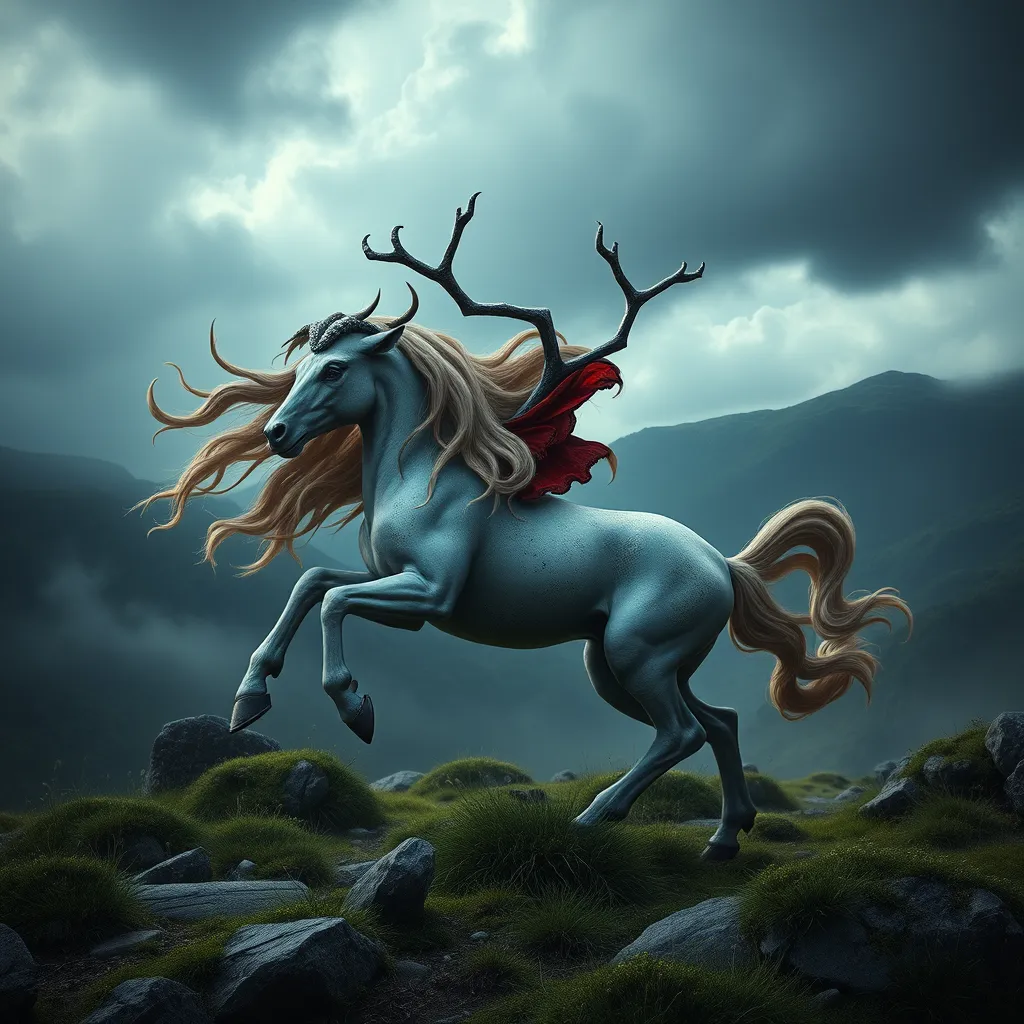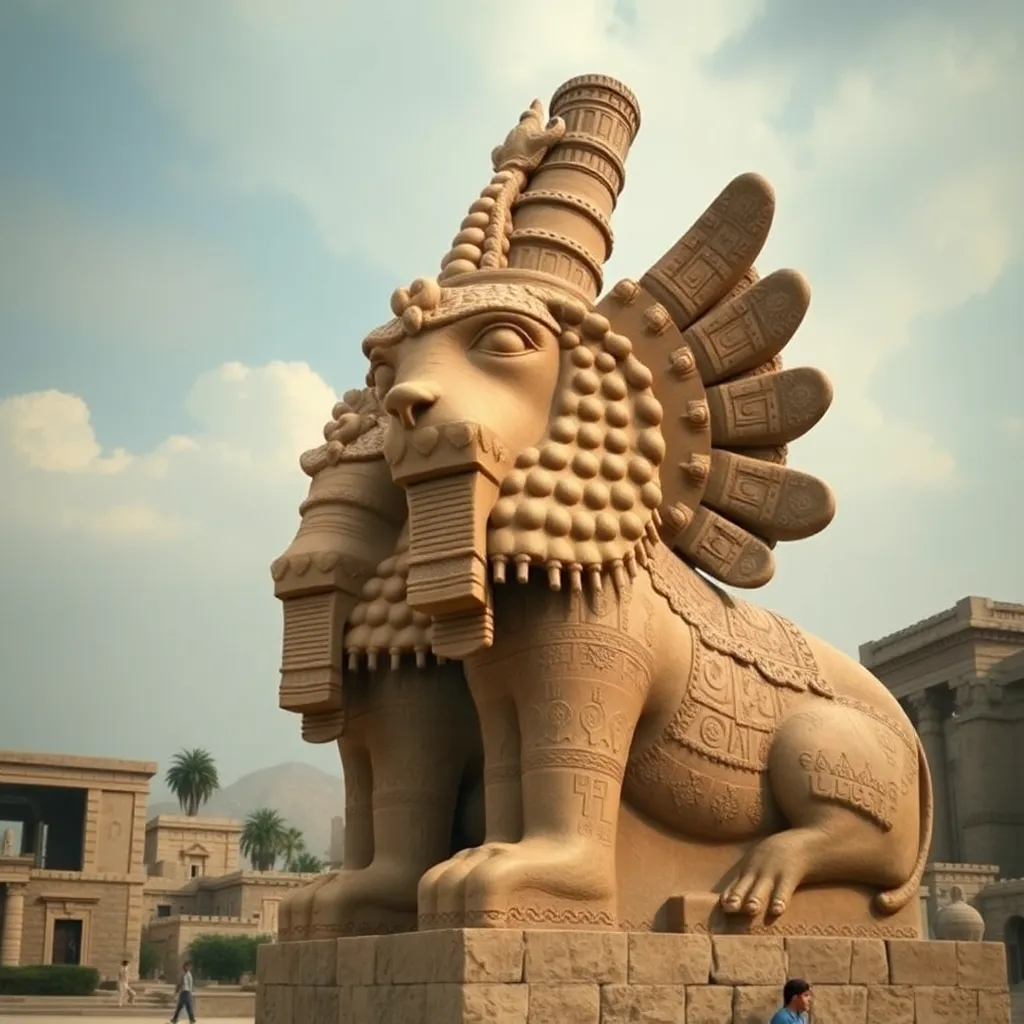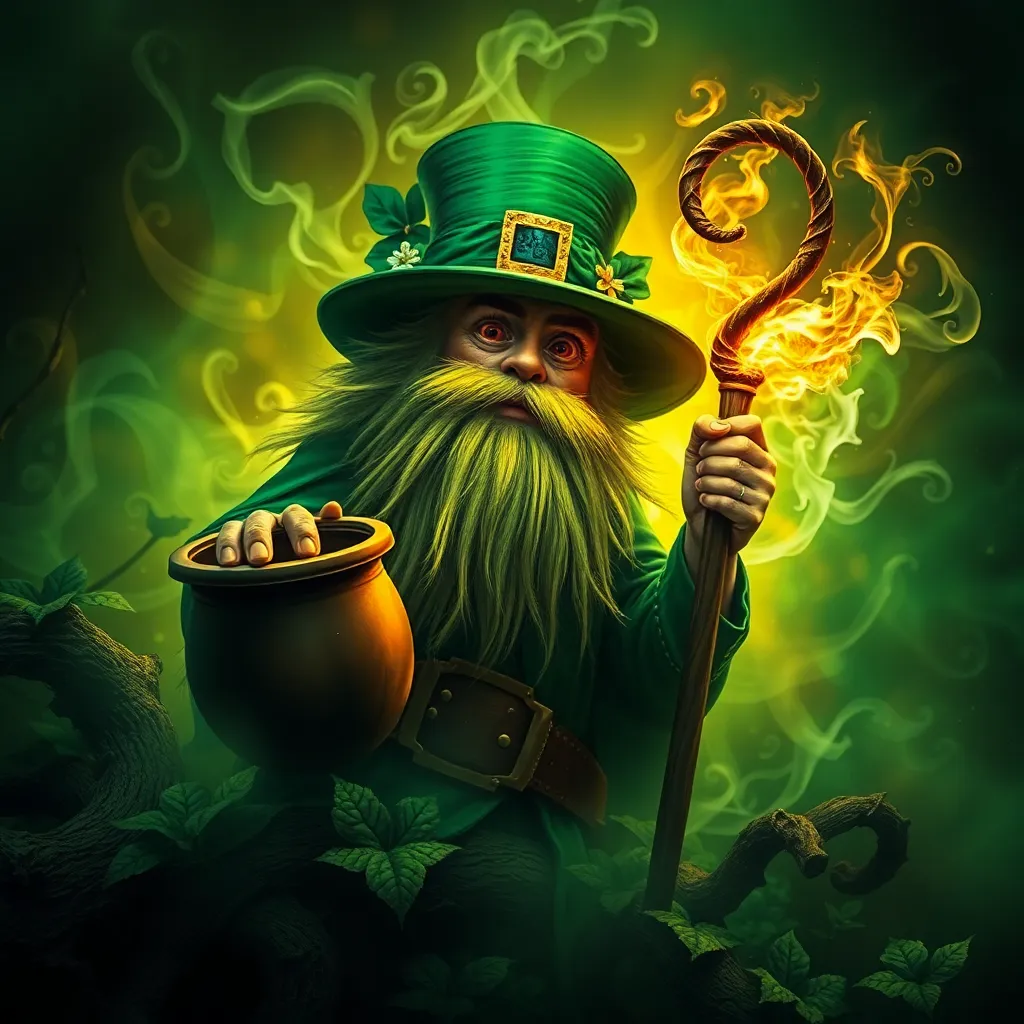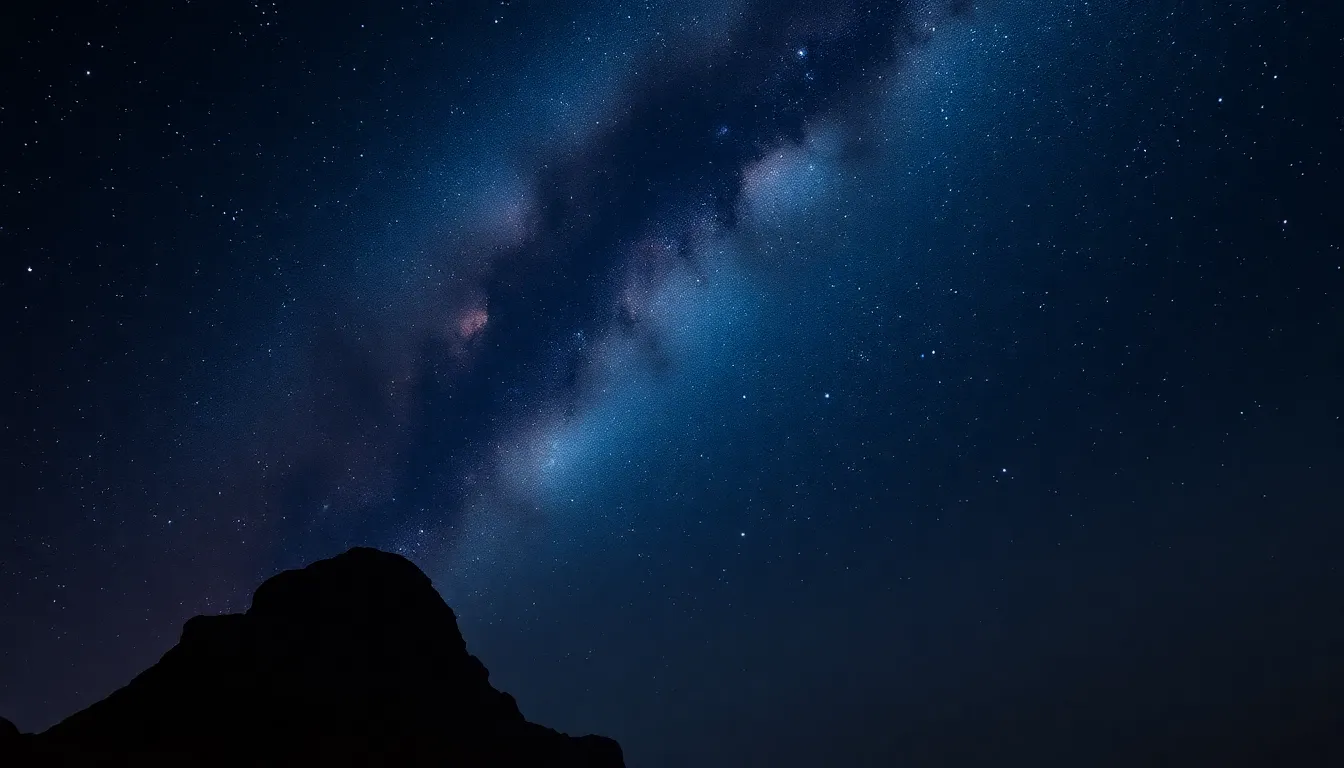The Centaur’s Dance: Lycaon and the Origins of the Wild
I. Introduction
In the rich tapestry of Greek mythology, few figures evoke as much intrigue as Lycaon, a king whose story intertwines with themes of transformation, divinity, and the primal essence of humanity. As a figure straddling the line between man and beast, Lycaon serves as a potent symbol of the wild, encapsulating the ancient Greeks’ complex relationship with nature and civilization.
The centaur, another notable figure in mythology, embodies the duality of human nature, representing the constant struggle between our civilized selves and the untamed aspects of our psyche. This article aims to explore the connections between Lycaon and the broader concept of the wild, shedding light on how these themes resonate through mythology and culture.
II. The Myth of Lycaon
Lycaon was the son of Pelasgus and the king of Arcadia, a region renowned for its rugged wilderness and untamed beauty. His lineage placed him among the ancient heroes, but it was his actions that would define his legacy. According to myth, when Zeus, the king of the gods, visited Lycaon to test his hospitality, the king chose a path of hubris and defiance.
In a bid to challenge the divine, Lycaon served Zeus a dish made from the flesh of a sacrificed child, intending to mock the god’s omniscience. Enraged by this act of sacrilege, Zeus transformed Lycaon into a wolf, a powerful symbol of savagery and the loss of humanity. This transformation serves as a poignant reminder of the consequences of defying the gods and embracing one’s primal instincts.
III. The Centaur Archetype
Centaurs, in Greek mythology, are depicted as beings that combine the features of a horse and a human. They are often characterized by their wild nature and their representation of the duality of human existence. On one hand, they embody the rationality and culture of humanity, while on the other, they represent the instinctual and chaotic forces of nature.
The connection between Lycaon and centaur mythology lies in their shared themes of transformation and the struggle between civilization and wildness. Just as centaurs navigate the boundaries between these two realms, Lycaon’s transformation into a wolf highlights the innate wildness that exists within humanity.
IV. Themes of Wildness and Civilization
The contrast between wild and civilized societies is a recurring theme in mythology. Lycaon epitomizes the primal instincts that lie beneath the surface of civilized behavior. His story serves as a cautionary tale that reflects human fears of losing control to our more savage impulses.
- Primal Instincts: Lycaon’s transformation signifies the tenuous grip humanity has on civility.
- Fear of the Wild: His myth reflects a deep-seated fear of the chaos represented by nature.
- Allure of the Untamed: Despite the fears, there remains an attraction to the wildness within and around us.
Lycaon’s myth not only warns against hubris but also invites reflection on the balance between civility and wildness that exists within each individual.
V. Cultural Interpretations of Lycaon
The myth of Lycaon has been interpreted in various ways across different cultures. In some traditions, he is seen as a cautionary figure, while in others, he embodies the spirit of the wild. His story has inspired countless artistic depictions, from ancient pottery to Renaissance paintings, often illustrating the tension between humanity and nature.
- Artistic Depictions: Lycaon and centaurs have been portrayed in various forms of art, reflecting changing perceptions of wildness.
- Literature and Popular Culture: Lycaon’s influence extends to modern literature, where themes of transformation and identity are explored.
Through these interpretations, Lycaon’s legacy continues to resonate, inviting audiences to reconsider the complexities of human nature and our connection to the wild.
VI. The Psychological Perspective
From a psychological standpoint, Lycaon can be viewed through a Jungian lens as a shadow figure. The shadow represents the unconscious aspects of the self, including instincts and repressed desires. Lycaon, in his transformation, embodies this struggle between order and chaos, civilization and wildness.
Understanding wildness as an integral part of the human psyche allows for a deeper exploration of our internal conflicts. Lycaon’s myth highlights the importance of acknowledging and integrating these primal aspects rather than suppressing them.
VII. The Legacy of Lycaon and the Centaur
The impact of Lycaon’s myth extends beyond ancient times, influencing contemporary views of nature and the balance between humanity and the wild. The centaur, as a symbol of this balance, represents the potential for harmony between our civilized selves and our instinctual natures.
- Modern Reinterpretations: In today’s society, Lycaon’s story prompts discussions about the importance of nature and the wild.
- Relevance in Environmental Discourse: His legacy encourages a reevaluation of our relationship with the natural world.
As we navigate the complexities of modern life, the themes present in Lycaon’s myth remind us of the enduring connection between humanity and the wild.
VIII. Conclusion
In summary, Lycaon’s story intertwines with the themes of wildness and civilization, serving as a poignant reminder of the complexities of human nature. Through exploring the connections between Lycaon and the centaur archetype, we gain insight into the duality of existence and the intrinsic wildness that resides within us.
Understanding the origins of the wild, as represented by figures like Lycaon, is crucial in reflecting on our place in the natural world. As we continue to grapple with the balance between civilization and our primal instincts, the legacy of Lycaon remains a vital part of modern mythology, urging us to confront and embrace the wildness of our nature.



